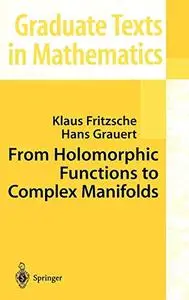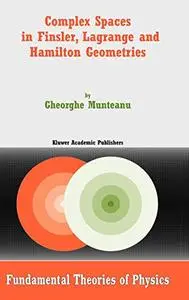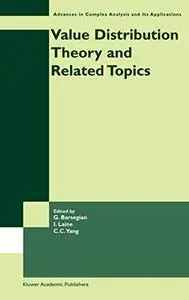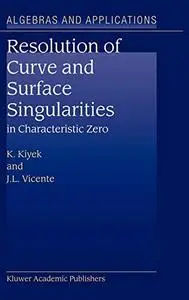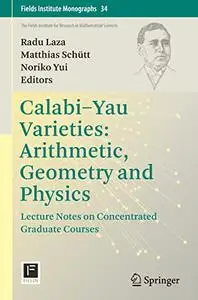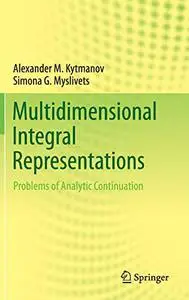The Bergman Kernel and Related Topics: Hayama Symposium on SCV XXIII, Kanagawa, Japan, July 2022 by Kengo Hirachi, Takeo Ohsawa, Shigeharu Takayama, Joe Kamimoto
English | PDF EPUB (True) | 2024 | 372 Pages | ISBN : 9819995051 | 51 MB
This volume consists of 15 papers contributing to the Hayama Symposium on Complex Analysis in Several Variables XXIII, which was dedicated to the 100th anniversary of the creation of the Bergman kernel. The symposium took place in Hayama and Tokyo in July 2022. Each article is closely related to the Bergman kernel, covering topics in complex analysis, differential geometry, representation theory, PDE, operator theory, and complex algebraic geometry.



